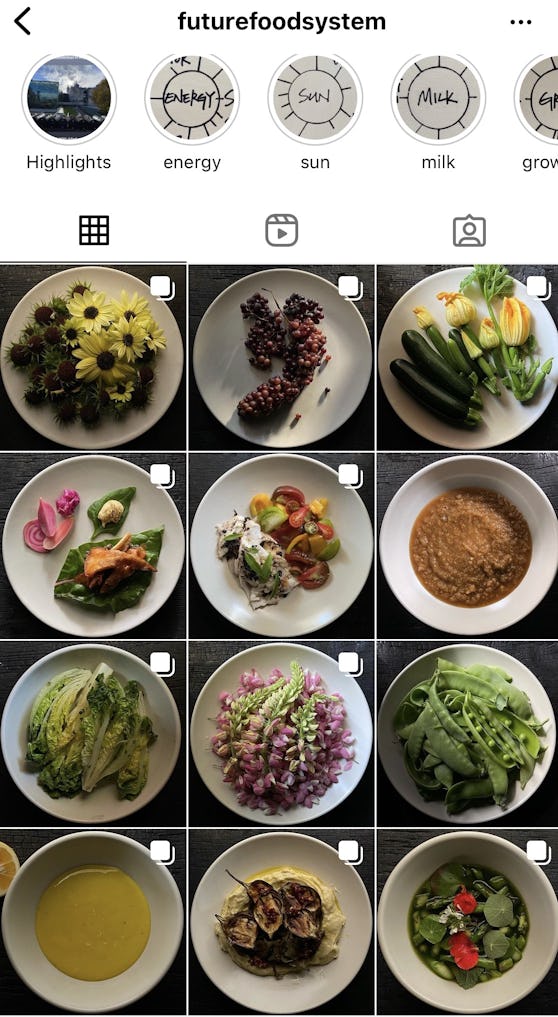Joost’s new documentary, Greenhouse by Joost, follows the creation of a self-sufficient liveable home and mini restaurant at Fed Square in central Melbourne. The two-bedroom house perched on just 87 square metres was carefully planned to ensure all materials used in construction were recyclable and responsibly sourced. Systems within the house have been strategically placed to create a balanced ecosystem that maximises output and utilises waste to grow over 200 varieties of plants as well as supporting trout, yabbies and crickets.
As a kid Joost dreamt of using buildings to grow food. He sees our current food systems as broken and wants to change our perspective, swap out destructive behaviours and to normalise a more nature-based, sustainable and nutrient-rich approach to living.
What better way to normalise living in a self-sufficient house that generates its own energy and food, than to include two hip world renowned chefs to show how it’s done? Jo Barrett and Matt Stone lived on site, maintained the vegetable garden, mushroom wall and ecosystem while experimenting with home grown ingredients to serve up mouth-watering meals to dinner guests.
The house has been masterfully conceived, constructed and promoted through social media and the documentary. The project promotes key ingredients favoured by the EAST framework to push behavioural change.
According to Richard Thaler and Cass Sunstein there are four essential elements to achieving successful and ongoing change using the EAST framework. Solutions that are Easy, Attractive, Social and Timely tend to work better to nudge individuals toward desirable behaviours.
Joost’s sustainable house project, named the Future Food System, has incorporated the four elements at various stages. His promotion of the project offers many lessons for those working in sustainability, building and education on how to prepare messages and products that will attract interest and grow awareness.
Easy
At a Q&A session after the documentary, Joost is quick to reveal that resident chef Jo estimated 30 minutes a day is all that’s needed to maintain the system.
Attractive
The team’s social media channels and website are filled with beautiful images and posts of delicious dishes full of fresh ingredients.

Beautiful images of dishes created recipes created by the Future Food System
Social
A network of local Aussie food celebrities like Stephanie Alexander featured in YouTube recipe videos shot onsite, while Sarah Wilson and Neil Perry were on hand at post-film sessions to help support and spread the sustainability message.
Timely
The Future Food System message comes at a time when Aussies have shown increasing interest in sustainability. This combined with the rising costs of living and building materials mean that solutions that offer savings on food and building materials couldn’t come at a better time.
While the project is aspirational, Joost’s answer to the inevitable audience member’s query, ‘what can I do?’ is simple, easy and as frictionless as possible. “Grow something” is Joost’s recommendation. In whatever space you have, just start with something, and get your hands into the dirt he tells audience members.
As Planet Ark’s National Tree Day volunteers have experienced, getting your hands dirty is a fun way to build a connection with your community and nature.
More zero waste stories
· Funky Sydney bar Re uses waste from other hospitality venues to create delicious plates and drinks
· Tilos, a tiny island in Greece is aiming to reach zero waste for the whole island of 700 plus residents
Planet Ark does not take responsibility for the accuracy of the original information and encourages readers to check the references before using this information for their own purposes.